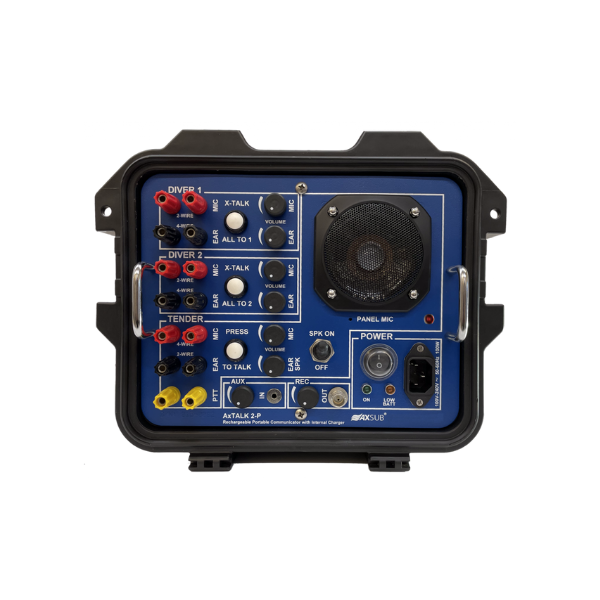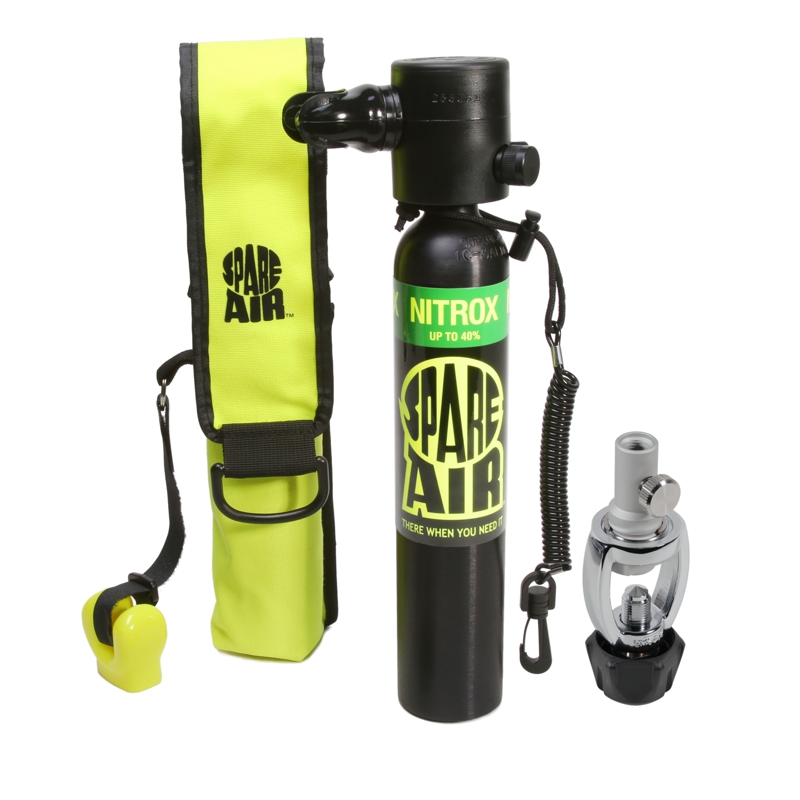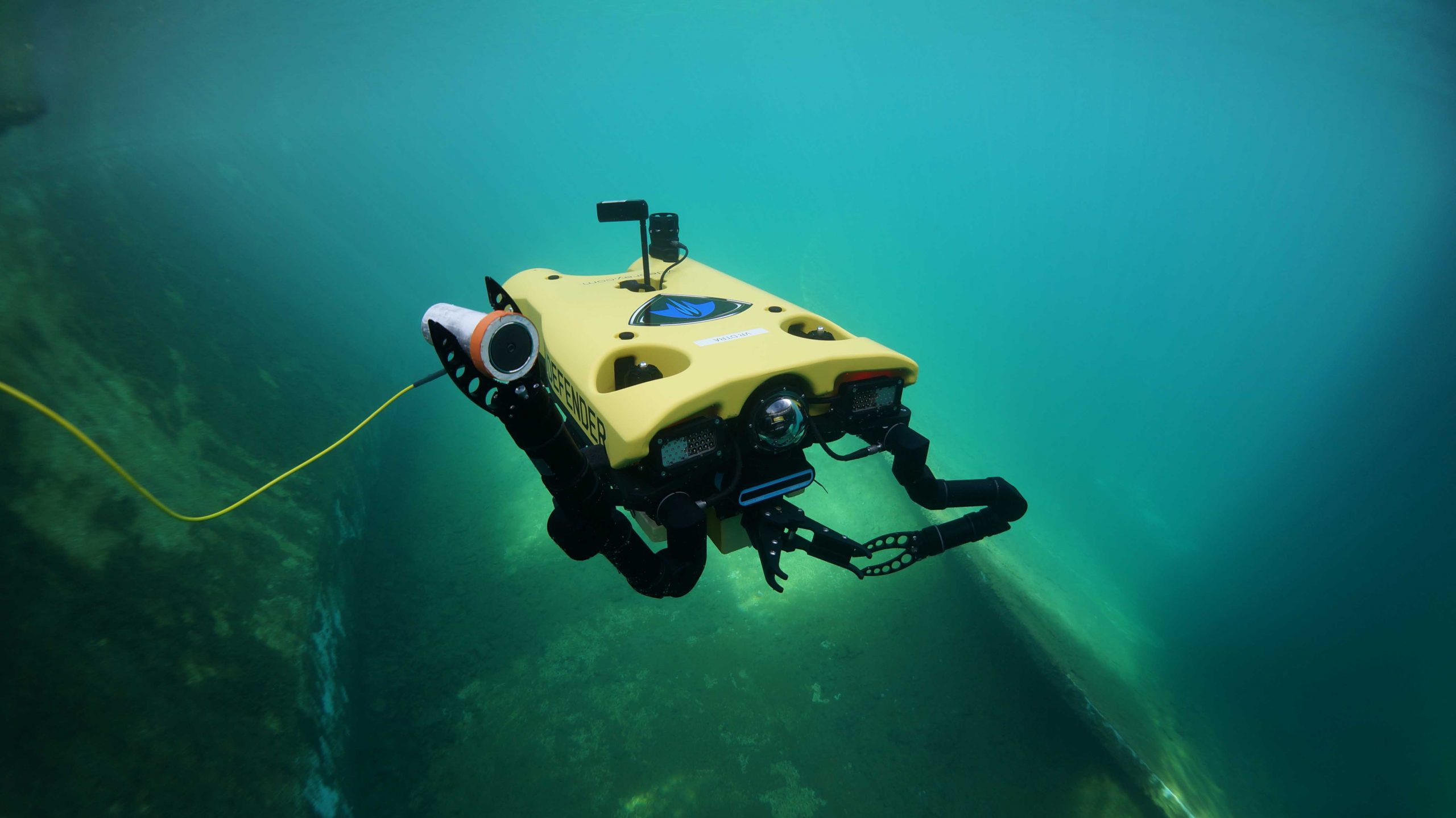Top 10 Must-Have Tools for Commercial Divers in 2025
Did you know that nearly half of the world’s population is expected to be myopic (nearsighted) by 2050? A landmark study in Ophthalmology projected that 4.8 billion people will need vision correction in the coming decades . For divers—whether commercial professionals or recreational explorers—this statistic hits home. Clear, reliable vision is not just about convenience underwater; it can be a matter of life and safety.
In this article, we’ll break down the Top 10 must-have tools for commercial divers in 2025. From cutting-edge dive computers to advanced helmets and underwater communication systems, these tools are reshaping how divers work, stay safe, and see clearly beneath the surface.
1. Cutting-Edge Dive Computers
Overview: Today’s dive computers go beyond basic depth and time tracking. They are intelligent systems that ensure divers remain within safe limits.

-
Real-time monitoring of depth, decompression status, and gas consumption.
-
Integration with mobile apps for analyzing dive profiles.
-
AI-powered recommendations that adapt dynamically to dive conditions.
-
Wireless syncing with surface teams for enhanced safety.
2. Advanced Diving Helmets
Overview: Commercial divers rely on helmets for safety and functionality, and 2025 designs combine protection with performance.
-
Lightweight composite materials reduce fatigue.
-
Panoramic faceplates improve field of vision.
-
Built-in cameras for real-time recording and surface communication.
-
Integrated breathing systems for deep-sea endurance
3. Reliable Communication Systems
Overview: Seamless communication is non-negotiable for coordinated underwater operations.

-
Wireless, low-latency comms optimized for saltwater conditions.
-
Noise-cancelling tech for clarity in high-current environments.
-
Helmet-integrated systems for hands-free operation.
-
Emergency signaling functions built in for diver safety.
4. MaskOptix ® – Vision Clarity Underwater
Overview: For divers with prescription needs, vision clarity underwater can be life-saving.

-
Prescription lenses designed to fit directly into diving masks.
-
Stable and secure—no shifting or fogging like inserts or contacts.
-
Reduced risk compared to wearing contact lenses underwater.
-
Tailored for professional divers (welders, salvage teams, safety divers) and recreational users alike.
-
Allows divers to focus sharply on gauges, tools, and underwater environments without compromise.
5. High-Tech Buoyancy Control Devices (BCDs)
Overview: Buoyancy control is key to safety and efficiency.

-
Smart auto-inflation features that respond to depth changes.
-
Streamlined, drag-reducing designs for better maneuverability.
-
Integrated weight systems for balance.
-
Models designed with multiple redundancies for fail-safety.
6. Underwater Lighting & Imaging Gear
Overview: Visibility underwater is limited—high-performance lighting makes all the difference.

-
High-lumens LED lights designed for turbid waters.
-
Compact, high-definition cameras for inspections and documentation.
-
360-degree imaging for survey and mapping tasks.
-
Dual-use systems combining light and video capture.
7. Safety & Redundancy Tools
Overview: In commercial diving, backups save lives.

-
Bailout bottles and spare air systems for emergencies.
-
Redundant oxygen and power supplies.
-
Personal locator beacons with GPS integration.
-
Emergency lighting and signaling devices.
8. Protective & Durable Diving Suits
Overview: Suits are divers’ second skin—comfort and protection must align.
-
Thermal-regulated suits for extreme cold or heat.
-
Suits embedded with biometric sensors to monitor vitals.
-
Reinforced abrasion-resistant materials for industrial dives.
-
Flexible construction reducing strain on long jobs.
9. Robotics & Remote-Operated Vehicles (ROVs)
Overview: Divers increasingly rely on robotic support for efficiency and safety.

-
ROVs assist in high-risk tasks such as welding, salvage, and inspection.
-
Equipped with high-resolution cameras and manipulators.
-
Allow divers to monitor or direct operations from a safer distance.
-
Emerging AI-driven ROVs that anticipate and assist tasks autonomously.
10. Specialized Training & Digital Tools
Overview: Training ensures readiness, and digital tech makes it accessible.
-
VR training simulators replicating real dive conditions.
-
On-demand refresher apps for decompression protocols.
-
Digital logbooks integrating performance tracking.
-
Online certification upgrades tailored for commercial divers.
Conclusion
In 2025, the commercial diving toolkit is smarter, safer, and more precise than ever. From dive computers to ROVs, divers have access to technology that enhances performance and minimizes risk. But one tool stands out for its universal relevance: MaskOptix ® prescription lenses, which ensure divers with myopia can see clearly in critical underwater environments.
Staying ahead in diving means staying equipped. If you’re serious about safety and performance, it’s time to upgrade—and make sure your next dive includes MaskOptix for crystal-clear underwater vision. Get yours now at maskoptix.com!

